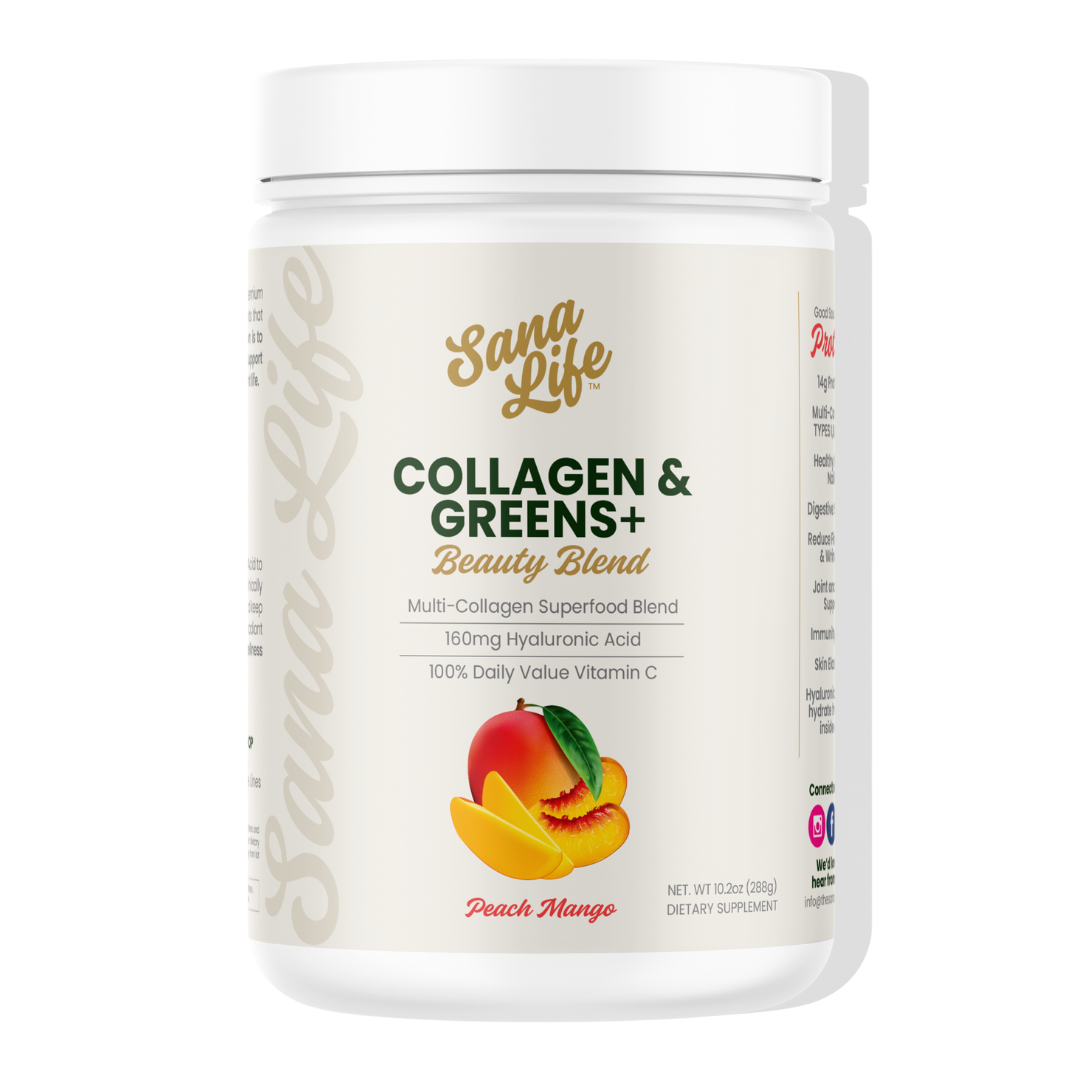At What Age Does Your Face Change the Most?

Aging is a natural process that brings changes to our bodies and, most notably, our faces. But at what age do these changes become most noticeable, and why do they occur? Understanding the science behind facial aging can help us make informed decisions about skincare and overall health.
Key Phases of Facial Aging
Facial changes happen gradually over time, but certain periods of life are marked by more significant transformations:
1. Adolescence to Early 20s
During this period, the face undergoes growth and development. The structure of the jaw, nose, and cheekbones becomes more defined, and baby fat diminishes. Hormonal changes can also lead to acne or oily skin.
2. Late 20s to Early 30s
In the late 20s and early 30s, early signs of aging may start to appear. Collagen and elastin production—two proteins responsible for skin’s firmness and elasticity—begin to decline. Fine lines may form around the eyes (commonly known as crow’s feet), and skin may start to lose some of its youthful glow.
3. Mid-30s to Early 40s
This stage is often when most people begin to notice more prominent changes in their face. The skin starts to lose volume and elasticity, leading to:
-
Deeper lines, especially around the mouth and nose (nasolabial folds).
-
Mild sagging of the cheeks and jawline.
-
Thinning skin, making veins or discoloration more visible.
Hormonal changes, such as those associated with pregnancy or perimenopause, can also influence the appearance of the skin.
4. Mid-40s to 50s
By the mid-40s to 50s, the loss of collagen and elastin becomes more pronounced. Bone density in the face decreases, leading to a less defined jawline and cheekbones. Other common changes include:
-
Drooping eyelids.
-
The formation of jowls.
-
More visible age spots and uneven skin tone due to cumulative sun exposure.
For women, menopause plays a significant role in accelerating these changes due to a drop in estrogen levels, which affects skin hydration and thickness.
5. 60s and Beyond
In the 60s and beyond, facial aging becomes more advanced. Skin becomes thinner and drier, wrinkles deepen, and sagging is more noticeable. Fat loss in certain areas of the face can create a hollowed appearance, while fat accumulation in other areas, like under the chin, can become more apparent.
What Causes These Changes?
Facial aging is influenced by several factors, including:
-
Collagen Loss: Starting in the mid-20s, collagen production declines by about 1% per year.
-
Sun Exposure: Ultraviolet (UV) rays damage skin cells and accelerate aging by breaking down collagen and elastin.
-
Hormonal Changes: Estrogen plays a key role in skin health, and its decline during menopause can lead to dryness and loss of elasticity.
-
Genetics: Your genetic makeup determines how your skin ages and how quickly certain changes occur.
-
Lifestyle Factors: Smoking, poor diet, lack of sleep, and stress can all contribute to premature aging.
Can You Slow Facial Aging?
While aging is inevitable, certain habits can help maintain skin health and slow the appearance of facial changes:
-
Protect Your Skin from the Sun: Use sunscreen daily, even on cloudy days, to prevent UV damage.
-
Follow a Healthy Diet: Foods rich in antioxidants, such as fruits, vegetables, and healthy fats, can support skin health.
-
Stay Hydrated: Drinking plenty of water keeps skin hydrated and supple.
-
Don’t Smoke: Smoking accelerates collagen breakdown and contributes to wrinkles.
-
Use Skincare Products: Look for products with ingredients like retinoids, vitamin C, and hyaluronic acid to support collagen production and skin hydration.
- Note: Incorporating supplements such as Sana Life's Collagen & Greens will support hydration and collagen production from the inside out, with key ingredients such as antioxidants, 5 types of collagen and hyaluronic acid.







